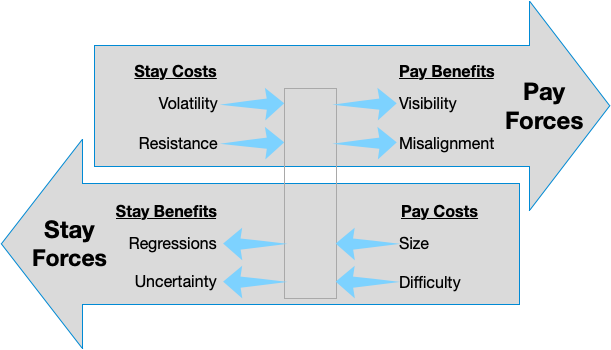I wrote about how, at Atalasoft, I told my engineers to Be Happy When It’s Hard. Be Worried When It’s Easy. We competed against open-source and in-house solutions. When we found valuable problems that were hard to solve, I was relieved. The same is true for vibe coded solutions.
If you can create a valuable app in two weeks, then so could a competitor. If your secret sauce is your idea, then that’s hard to protect if you want people to use your app. We don’t even know if AI generated code is copyrightable, so it’s very unlikely to be patentable (i.e. inventors must be humans).
Here are three things you could do:
- Keep building on the idea – right now, someone following you has the benefit of seeing your solution and feeding that to the AI. So, it helps if you can keep building on the idea and hope they can’t keep up. If you do the minimum, the bar is too low.
- Build on secret data – once you have a working system, the biggest moat you have is the data inside the system. AI can’t see that or reproduce it from scratch. Build new (valuable) features that require secret data to work. This doesn’t need to be used as training data. This is like a network effect, but more direct and long-lasting.
- Use your unique advantages – If your app is a simple UI on CRUD operations, then it can be reproduced by anyone. But, let’s say, you have personal branding in a space. Can you make an app that extends on it? Do you have access to hard-to-win customers? A mailing list, subscribers, etc? Fast-followers might be able to recreate your software but your audience won’t care if they trust only you.
Of these, I am relying mostly on the last one. The software I am working on is an extension of Swimming in Tech Debt. It takes the spreadsheet that I share in Part 3 and builds on it with better visualizations than the built-in ones. Someone could clone this, I guess, but probably they would need to reference my book in order to explain it. I am indifferent to whose software they use if this is true.
